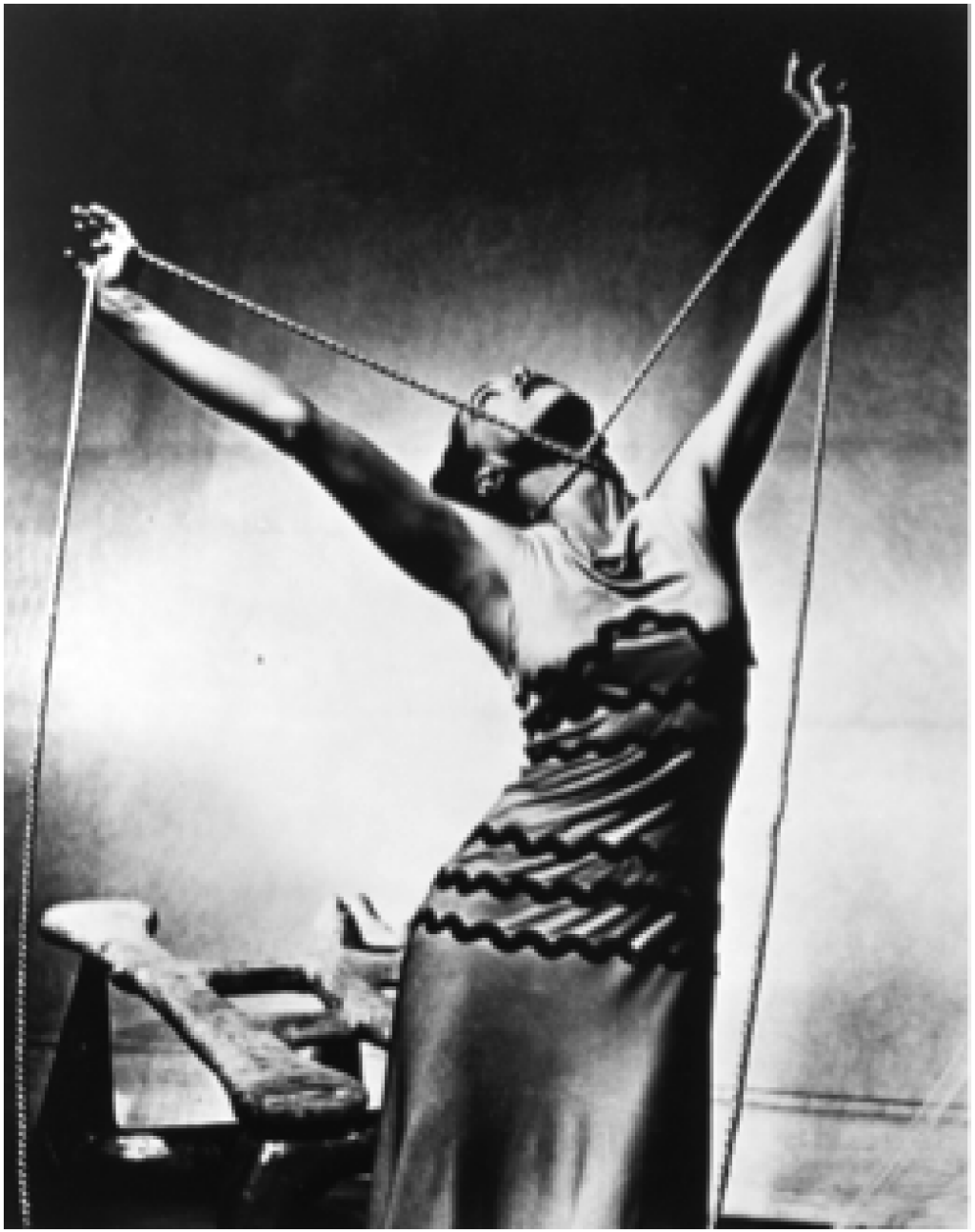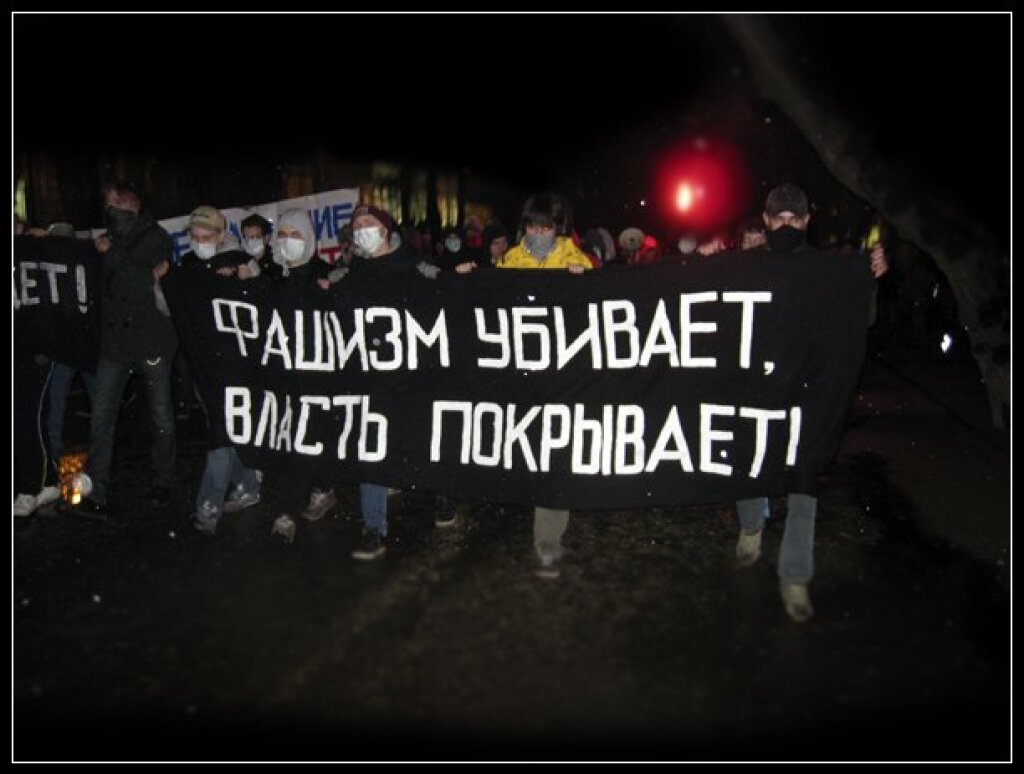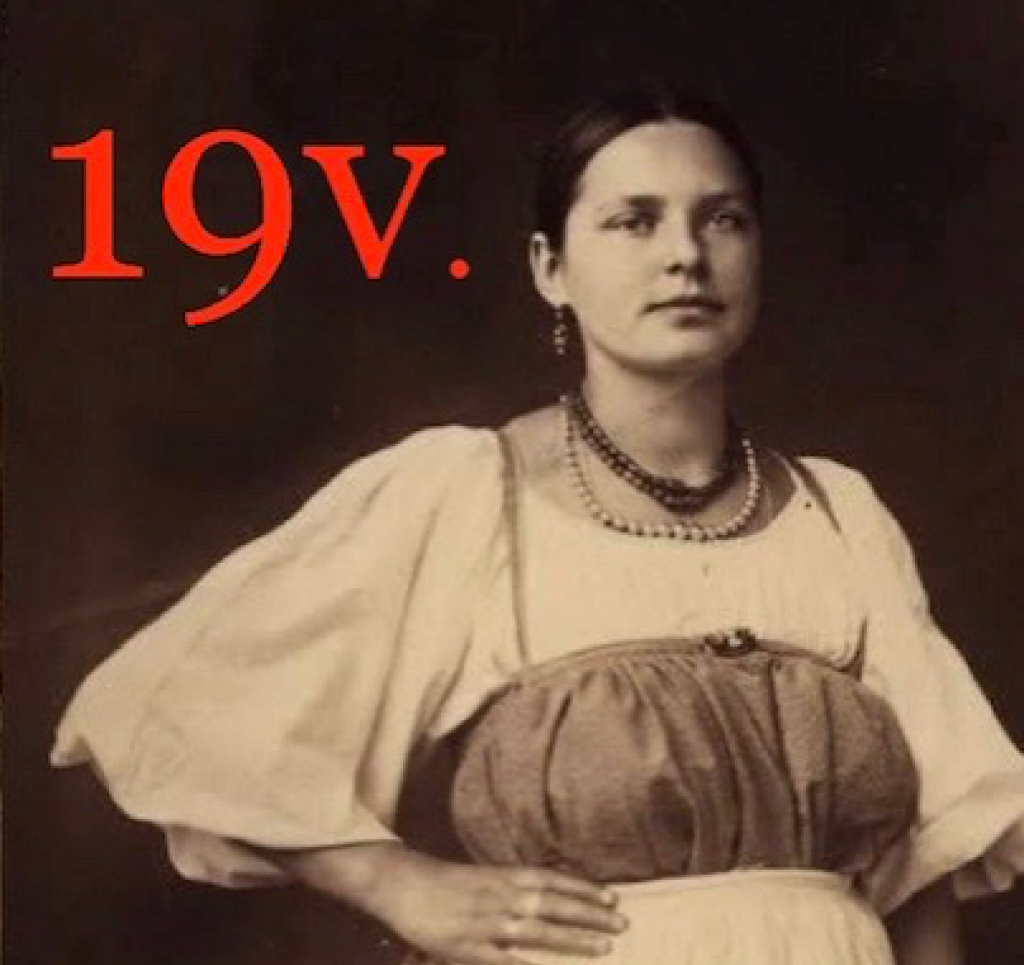This is Part III of a three-part series. Part I may be found here, and Part II here.
This week, All the Russias is delighted to feature excerpts from Victoria Phillips' book, Martha Graham's Cold War: The Dance of American Diplomacy, out in 2019 from Oxford University Press. Victoria Phillips is currently teaching at Corvinus University, Budapest, with the sponsorship of the European Institute at Columbia University, is associated faculty at the Harriman Institute, and will join the London School of Economics Department of International History in the fall of 2020.
Martha Graham's Cold War frames Martha Graham's brand of dance modernism as pro-Western Cold War propaganda that the US government used to promote American democracy. Phillips argues that Graham's choreography, which placed timeless and seemingly apolitical female protagonists at the center of canonical Western stories, glorified the putatively superior political and cultural values of the Free World. Focusing on powerful, yet not demonstrably American female characters, the stories Graham danced seduced and captured the imaginations of elite audiences without appearing to force a specifically American agenda.
The below segment derives from the book's coda, "American Document and American Icons: 'Grahamizing and Americanizing' the Russians for the Soviet Stage."
Although the first lady had agreed to let her name appear on the program, the Bushes dodged the gala-chairing appearance because of their “committed schedules.” In the fall of 1989, in a series of confused declarations and responses, Ron Protas again contacted the White House seeking further support for what he again called “The World Premiere of [Graham’s] 179th Ballet American Document with Mikhail Baryshnikov.”
The White House received another letter from Protas the day of the 1989 premiere of the work in New York, causing much confusion. Protas offered seats in New York to the president, first lady, and White House staff, noting that Gregory Peck would be there and that if the president and the first lady would attend, they could sell out the house. Protas also asked the first couple for a telegram to be read at the “premiere gala” of American Document in which they would announce they had agreed to be honorary chairs of Graham’s upcoming full-year celebration in honor of her ninety-fifth year. A White House representative called Protas to decline.
After the gala, Protas graciously thanked the first lady, writing that her “lending her name” had helped them clear $230,000. Protas was also working with the New York Times on an article, and he asked the first lady for a quote. Bush agreed: “One of the greatest pleasures of my life is to meet extraordinary people, and that is how I feel about Martha Graham.” She concluded, making the support resonate in diplomatic fields, “This is a very special American woman.” As under Ford, the tour now seemed assured by diplomatic approval, the press backing by the White House, and cash in the coffers.
Yet the Graham apparatus, ever relentless, kept pushing for White House attention. Protas wrote both the East and West Wings requesting that the president and his wife chair a season for Graham’s ninety-sixth year. In response, notes by White House aides read, “The President has already wished her a Happy B-day on May 11, 1989 as she began her 95th year,” adding, “I don’t think we need to do this.” Several other aides agreed, writing in black, red, and green pens. Yet President Bush sent Graham a gracious letter in which he declared that the “new” ballet American Document “had thrilled [Graham’s] fans and added another memorable chapter to the history of dance.” It was history remade, ready for the making in the Soviet Union.
In early November, within two weeks of the response to Protas by the East and West Wings of the White House, the Berlin Wall fell, and with it the ideological battle of the Cold War began to draw to an end. As youth took to the streets in bloc nations, political mayhem ensued in Moscow. President Bush admirably remained quiet and did not blow triumphalist capitalistic horns, despite the call from many, including prominent Democrats, to do so. As Graham well knew, Cold War anti-communism crossed the aisle. Graham had performed in Warsaw in 1962 under Democratic president John F. Kennedy; important uprisings were now taking place there. The Bush administration understood that the revolutions against Moscow could destabilize Kremlin reformers who would bring the East to the West. Thus for Bush, Americana, at such a volatile moment, could seem heavy-handed and even destructive to the ultimate realization of American goals. Under the elegant, diplomatically discerning Bush administration, the tour never took place.
Like a true warrior, Graham persevered, still hopeful, even after the cancellation of the tour and the dissolution of Moscow’s political power over bloc states, led by those Graham had hoped to visit. Despite the graphic pictures of students taking down the Wall in Berlin, smashing concrete with pick-hammers, Poland followed by Hungary had set the stage for the “Tale of Two Revolutions,” and the “Velvet Revolution,” in which the youth took to the streets in peaceful mass protests against “the Kremlin.” They were followed by Czechoslovakia. The next year, Protas wrote to the White House, once again reminding the Bushes of Graham’s birthday. On May 11, 1990, Graham received a formal typed letter from the president and his wife, signed but without handwritten notes. Behind the scenes, jotted memos from East Wing staffers imply that the president did not enjoy Graham’s modern dance and was tired of the repeated requests for gala attendance and birthday salutations. So ended correspondence. At the start of 1991, “mayhem” ensued in Moscow, where Graham had aspired to bring home her Russian in works of Americana refashioned for the period. Indeed, because of “internal mayhem” causing the “end” of the Cold War, she had lost her relevance as a cultural diplomat with Americana as propaganda in tow. She would be preaching to the converted. Old-fashioned 1930s modernism had been replaced by a vision of the youth climbing over the crumbling Wall, and taking to the streets in bloc nations. The State Department, embassies, and consulates kept the Ailey company, but otherwise looked for programming that took dance to the streets, with performances on city cobblestones and sidewalk, and classes in dance and choreography for the every-person rather than the elite-trained bodies. Martha Graham died on April 1, 1991. On the day after Christmas that year, the hammer and sickle flag was lowered for the last time over the Kremlin.
Just after Graham’s death on April Fool’s Day, Doubleday published Graham’s autobiography, edited by former first lady Jacqueline Kennedy Onassis. Using the first person “I,” Graham told a triumphalist narrative of the East Berlin performance of Frontier. Ever apolitical, she never mentioned her connection to the Reagans. Instead, she invoked the Wall, recalling that a woman in the audience could not understand the concept presented by Frontier because she believed that “when you reach the frontier, you’ve reached a barrier.” Mirroring Reagan and the beliefs that had become inscribed into her legacy, Graham said that she explained to the East German that the frontier signaled the “spirit of man and union of man.” Graham spoke from the grave to the power of the American land frontier, which would reflect the frontier of the spirit and bring nations together, as long as walls were not erected.



